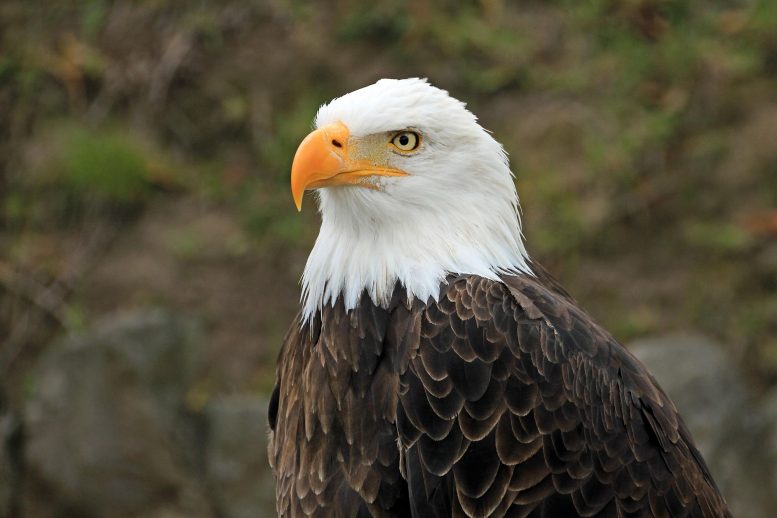
Bald eagle populations have slowly recovered from near devastation after the government banned DDT in 1972, but another ongoing issue has weakened that rebound – lead poisoning from gunshot ammunition.
A new study, published in the Journal of Wildlife Management, finds that despite increasing numbers of bald eagles, poisoning from eating dead carcasses or parts contaminated by lead shot has reduced population growth by 4% to 6% annually in the Northeast.
The results could help educate and inform policy on ammunition choices for hunters, as copper-based ammunition exists – though supplies of all ammunitions have been low lately.
“Hopefully, this report will add information that compels hunters, as conservationists, to think about their ammunition choices,” said Krysten Schuler, assistant research professor in the Department of Public and Ecosystem Health at Cornell University and senior author on the study.
The diminished growth rates have the potential to erase cushions that protect populations against unforeseen events.
“Even though the population seems like it’s recovered, some perturbation could come along that could cause eagles to decline again,” Schuler said.
Habitat loss, climate change, West Nile virus and other infectious diseases are all threats that could affect bald eagles’ resilience and lead to population declines, Schuler said.
While bald eagle numbers in the lower 48 states quadrupled between 2009 and 2021 to more than 316,000, according to a 2021 U.S. Fish and Wildlife Service report, the current findings on impacts of lead to the eagles point to potential negative outcomes for other species.
Human health can be affected when bullets fragment inside game species and are then consumed.
Many hunters ‘field dress’ a deer they shot with lead ammunition, leaving contaminated organs where the animal fell. Bald eagles are known to scavenge such carcasses, but they are not the only animals to do so. Trail cameras have shown that owls and crows, as well mammalian species including coyotes, foxes, fisher and bears also scavenge remains left by hunters.
“We haven’t collected data on these other species in the same way that we pay attention to eagles,” Schuler said. “We’re putting eagles out there as a poster species for this issue, but they’re not the only ones being impacted.”
Even though total eagle numbers increased across the Northeast between 1990 and 2018, the researchers’ modeling estimated that deaths from ingesting lead depressed the growth rate of bald eagle populations by 4.2% (for females) and 6.3% (for males).
The study’s authors have made public the software from their novel methodology, so others can use it to analyze similar population-scale data for other species, Schuler said.
Reference: “Environmental Lead Reduces the Resilience of Bald Eagle Populations” by Brenda J. Hanley, André A. Dhondt, María J. Forzán, Elizabeth M. Bunting, Mark A. Pokras, Kevin P. Hynes, Ernesto Dominguez-Villegas and Krysten L. Schuler, 13 January 2022, Journal of Wildlife Management.
DOI: 10.1002/jwmg.22177
The study was funded by the Morris Animal Foundation, the New York State Department of Environmental Conservation and funds from the Federal Aid in Wildlife Restoration Act, administered by the U. S. Fish and Wildlife Service.


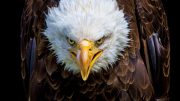
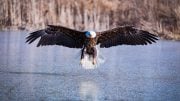
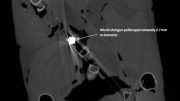
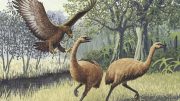
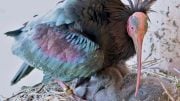
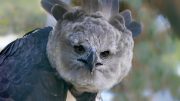
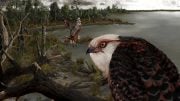
Isn’t the Bald Eagle America’s national symbol?
While I don’t doubt that lead ammunition fragments and shot pellets can be harmful to scavenger birds (no evidence whatsoever at this time of harm to mammalian scavengers or to humans), this discussion leaves out the fact that this is not a new source of toxicity. Lead ammunition has been used for hunting since the first westerners came ashore in North America. While the number of hunters certainly swelled since those days, it is also true that the number of hunters and “days afield” have decreased measurably over the last couple of decades, which also indicates that the amount of lead-tainted carrion in the eagles’ habitat has likely decreased. Lead ammunition was banned for waterfowl hunting in 1991, after it was identified as a major source of lead poisoning in bald eagles which were still struggling to recover from DDT. This reduces even further the availability of residual lead from hunters’ ammunition.
My point here is not that hunters shouldn’t be educated about the side-effects of lead ammunition, or that we shouldn’t make informed decisions about the ammunition that we use. However, whenever talk of “policy-making” comes up, I believe the risk needs to be put into real perspective. Of the threats to the continued success of bald eagles (and most other raptors and scavenger birds), lead hunting ammunition simply does not represent a significant percentage… certainly not significant enough to justify widespread policy change or legislation.
I suggest keeping the focus on unbiased education. This issue has become politicized, and that created a loggerhead for a while, but as more hunters have the opportunity to see real data about lead ammo, there is a slight change in the tide. Forcing the issue through policy and legislation will only rebuild the barriers… and forcing the issue is simply not necessary for the recovery and continued success of bald eagle populations.